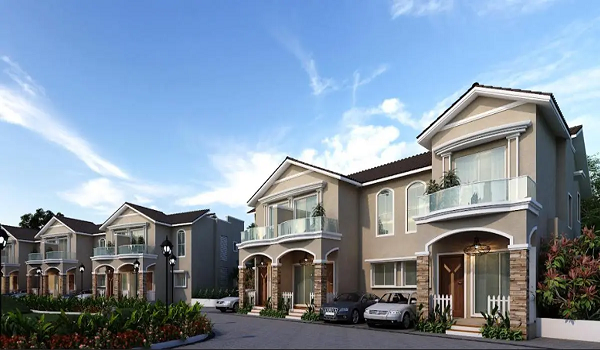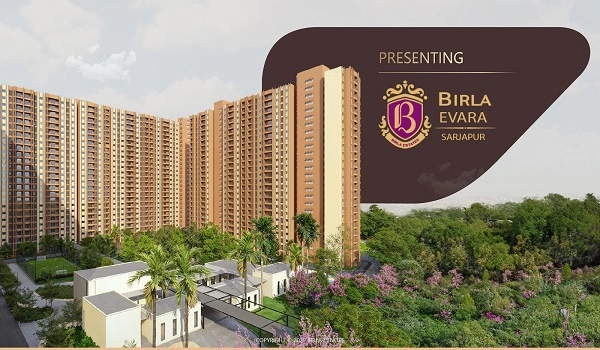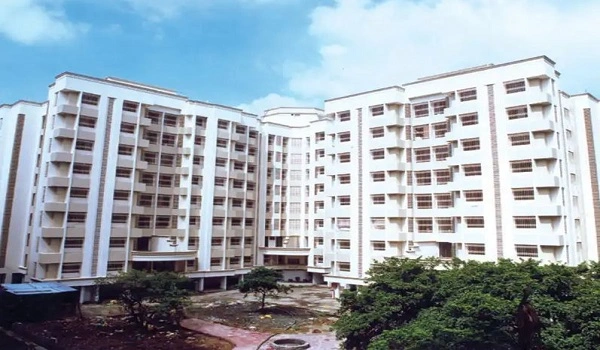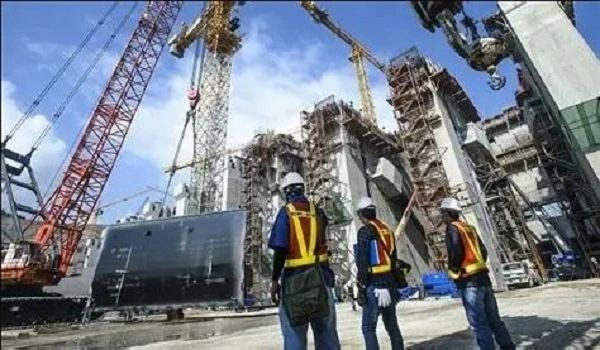How Access to Nature Improves Daily Living in High-Growth Urban Areas
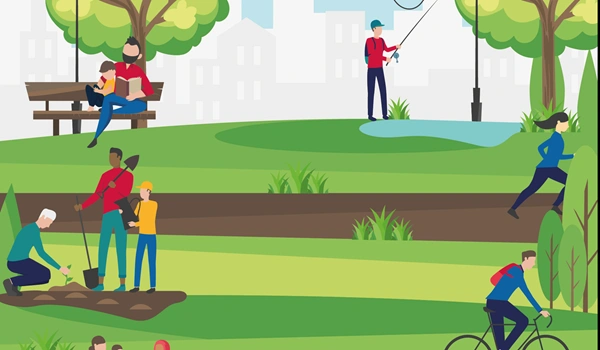
Access to nature is a lifesaver for people who live in India's busiest cities-Bangalore, Delhi, Mumbai, Hyderabad, and other fast-growing hubs. Trees, parks, lakes, and even small rooftop gardens help us stay cool, breathe easier, feel calmer, and build friendlier neighbourhoods. In short, green space turns concrete jungles into healthier homes.
Big cities bring jobs and bright lights, but they also bring heat, noise, and stress.
- Heat traps. Asphalt and glass soak up sunshine and create "hot islands" that can be 3–5 °C warmer than nearby villages.
- Dirty air and loud streets. Traffic fumes and constant horns raise health risks.
- Tired minds. Endless screens and crowds leave many people anxious and drained.
Scientists say humans have biophilia—a deep need to connect with nature. When that bond breaks, health and happiness suffer.
- A short walk in a park can cut the stress hormone cortisol in just 20 minutes.
- Green views boost focus and memory, which matters for children doing homework and adults working from home.
- Surveys in 2025 linked leafy streets to lower rates of anxiety and depression across Bengaluru wards.
- Parks invite people to jog, cycle, or play cricket, fighting obesity and heart disease.
- Trees act like air filters, trapping dust and gases that trigger asthma.
- Research from TERI (May 2025) shows a 16% jump in tree cover can cool neighbourhoods by over 1 °C—vital during heatwaves.
- Playgrounds, lakeside paths, and community gardens bring neighbours together.
- Greener blocks often report fewer petty crimes because more "eyes on the street" are outside enjoying the space.
- Homes near parks usually sell for more.
- Shade from large trees lowers air-conditioning bills.
- Grass swales and rain gardens soak up storm water, cutting flood damage.
- Bengaluru's BBMP now asks large projects to leave at least 15% of land as open space and plant native trees.
- Delhi's new Master Plan maps "green spines" that link the Yamuna floodplain to local parks.
- Many states give tax breaks for green roofs and rain-water harvesting.
- Vertical gardens cover blank walls on office towers along Mumbai's Western Express Highway.
- Pocket parks turn leftover plots under flyovers into shady rest stops.
- Miyawaki micro-forests in Hyderabad grow dense native woodland on just 300 m² of land.
- Lake makeovers—Agara and Kaikondrahalli in Bangalore—add walking loops, bamboo bridges, and bird islands.
- Biophilic buildings like Birla Evara weave nature right into the blueprint: tree-lined drives, herb terraces, and a three-acre central park for morning yoga.
- Resident groups in Chennai plant saplings on footpaths every World Environment Day.
- School children in Pune track local bird counts to push for more nesting trees.
- Weekend clean-ups at Kaikondrahalli Lake regularly draw 200 volunteers.
| Challenge | Why It Matters | What’s Next |
| Land costs | Plots in CBDs are pricey. | Go vertical—green roofs, sky gardens. |
| Maintenance | Plants die without care | Public-private funds, drip irrigation |
| Fair access | Poor areas often lack parks. | Target new green zones where cover is lowest; planners use satellite maps to pick sites. |
| Climate swings | Heatwaves and floods strain plants. | Choose hardy native species, design water-absorbing soils. |
Urban planner Ananya Rao sums it up: "Every square metre of green we add today saves lives tomorrow—cooling streets, stopping floods, and calming minds."
- Grow a balcony garden. Pots of tulsi, curry leaves, or native flowers attract pollinators and cool your home.
- Join a tree-planting drive. Many RWAs host monthly events—saplings cost less than a movie ticket.
- Ask your builder tough questions. How much open space? Which trees? Is rainwater reused? Projects like Birla Evara set a good benchmark.
- Use parks often. More footfall means more pressure on authorities to maintain them.
- Speak up. Write to local leaders when green land faces a concrete threat.
- Nature in cities is not a "nice extra." It cuts heat, cleans air, lifts moods, and even boosts local jobs.
- Simple steps—planting one tree, saving one lake—stack up to big wins.
- With smart planning and active citizens, high-growth metros can stay both vibrant and green.
City life will only grow faster. Let's make sure it grows greener too.
| Enquiry |




